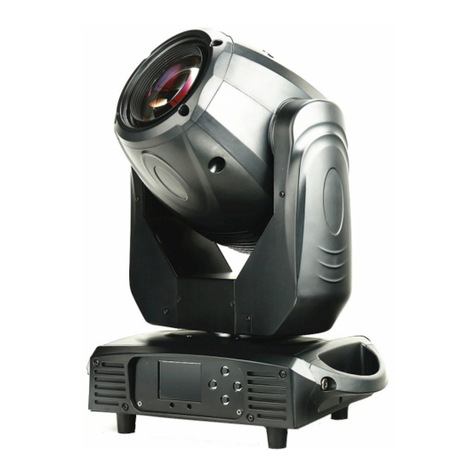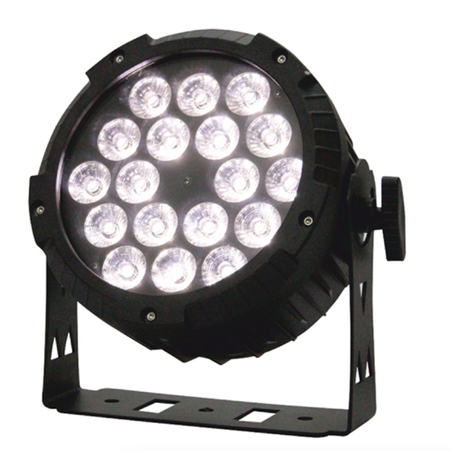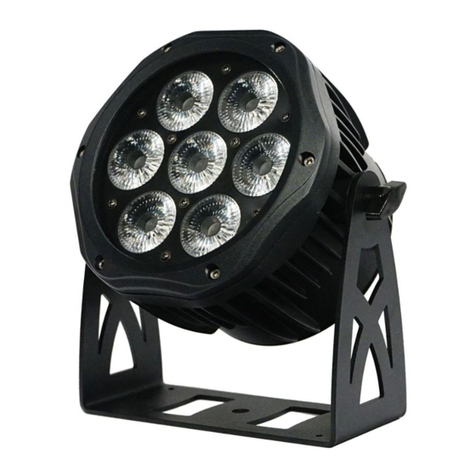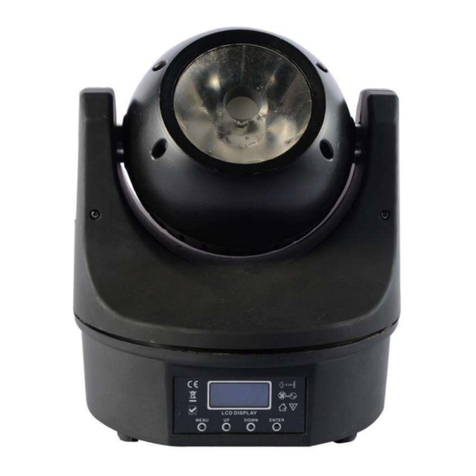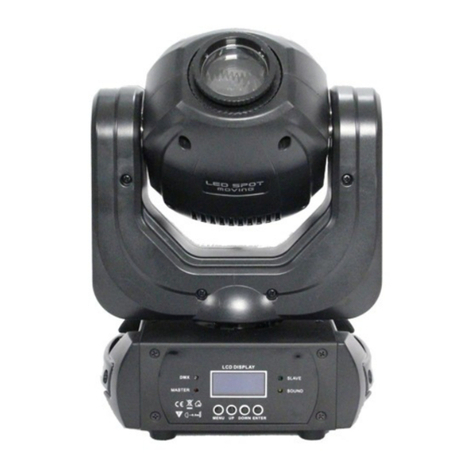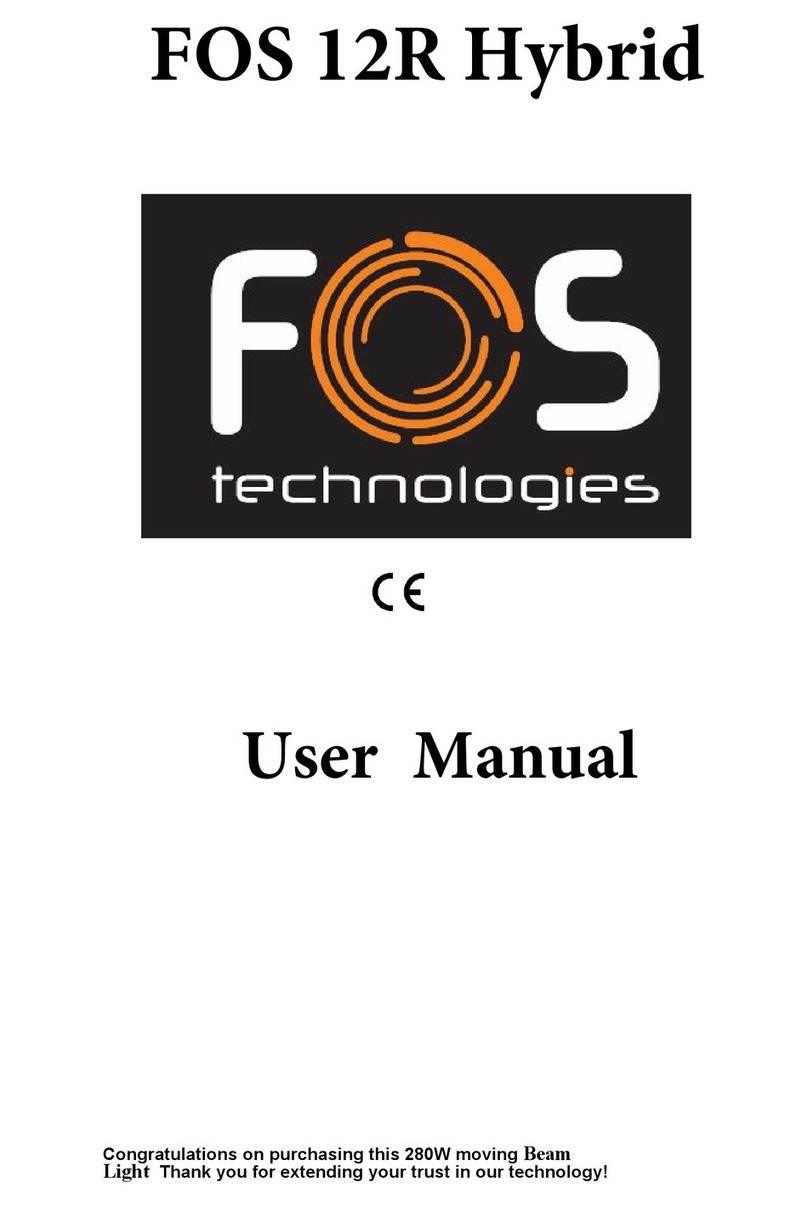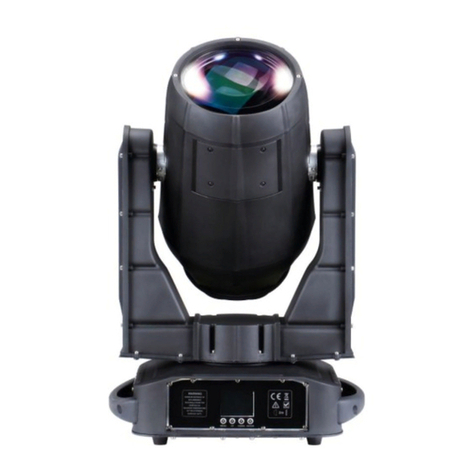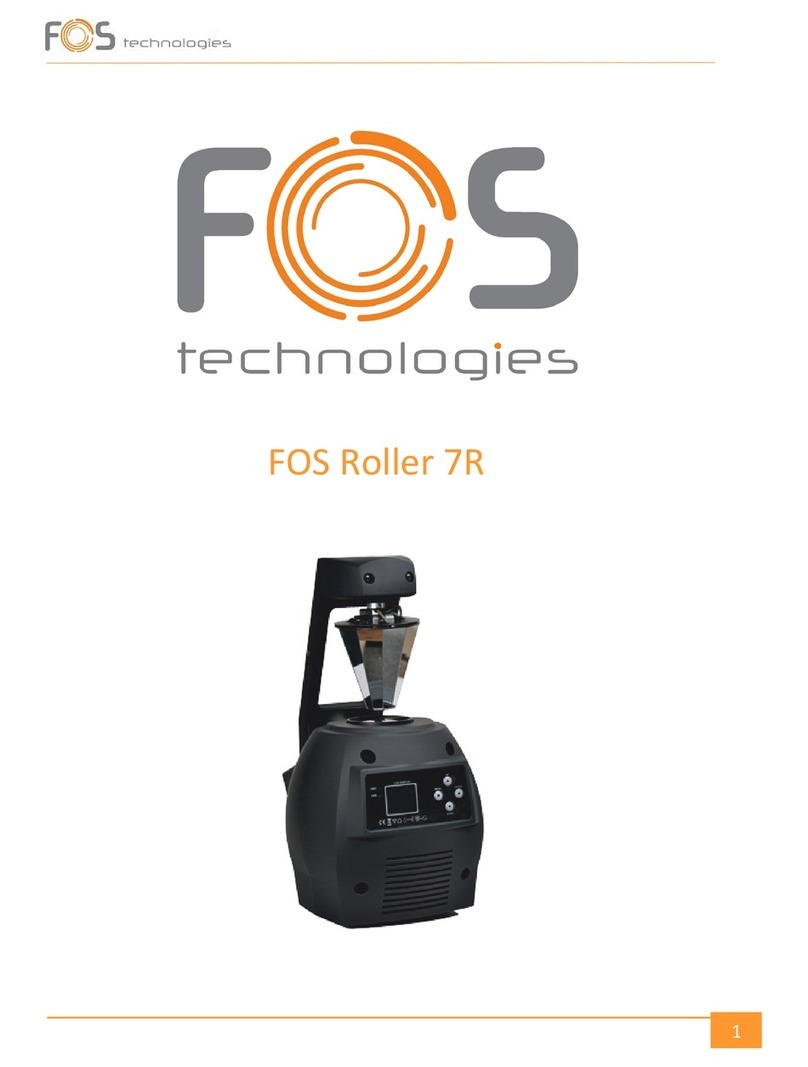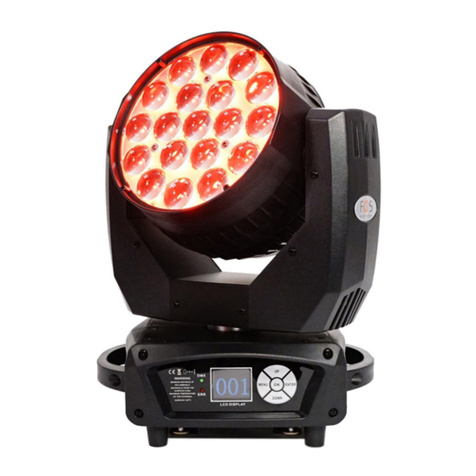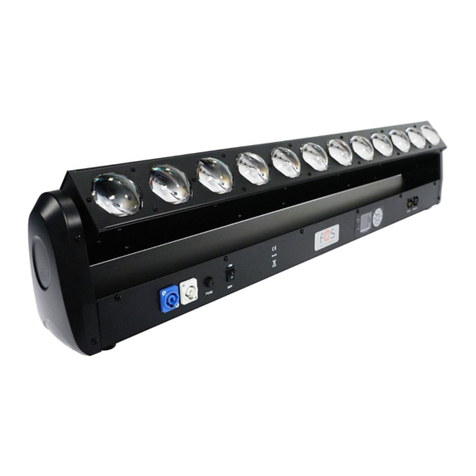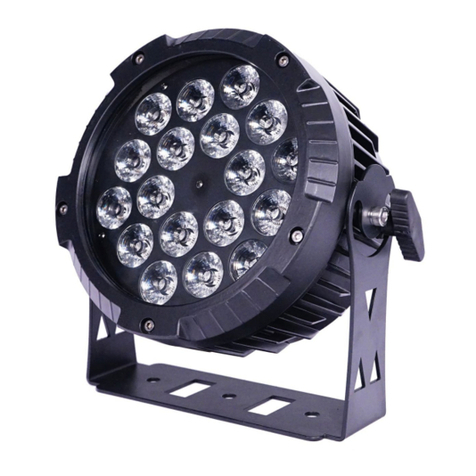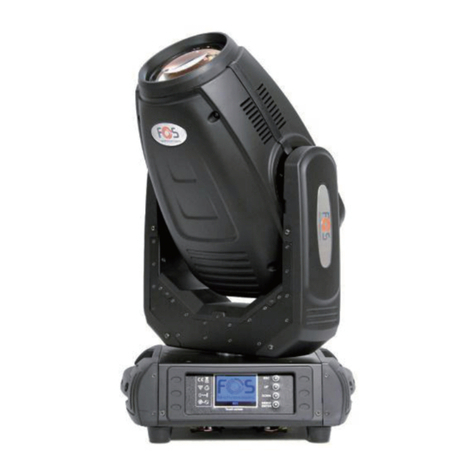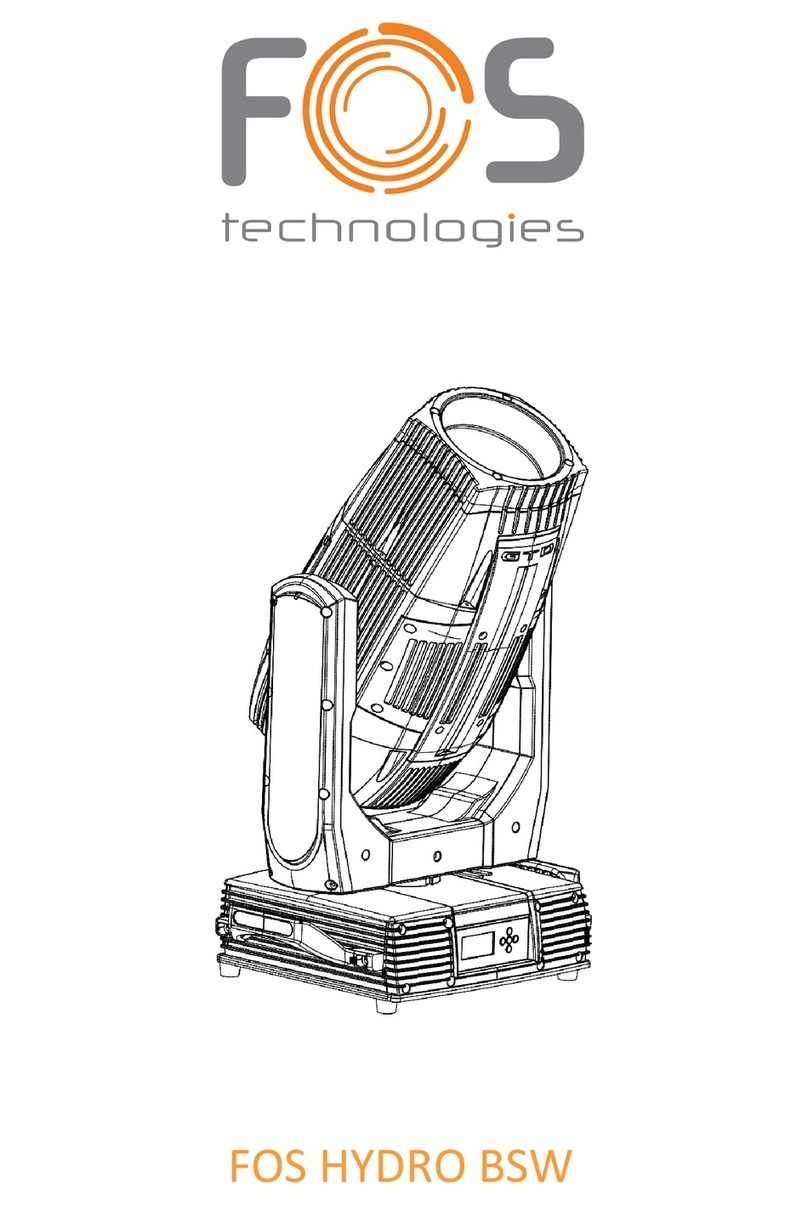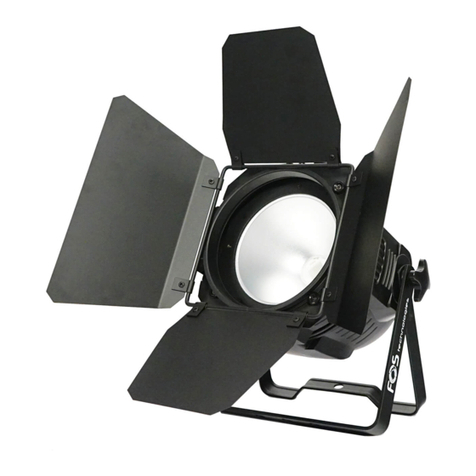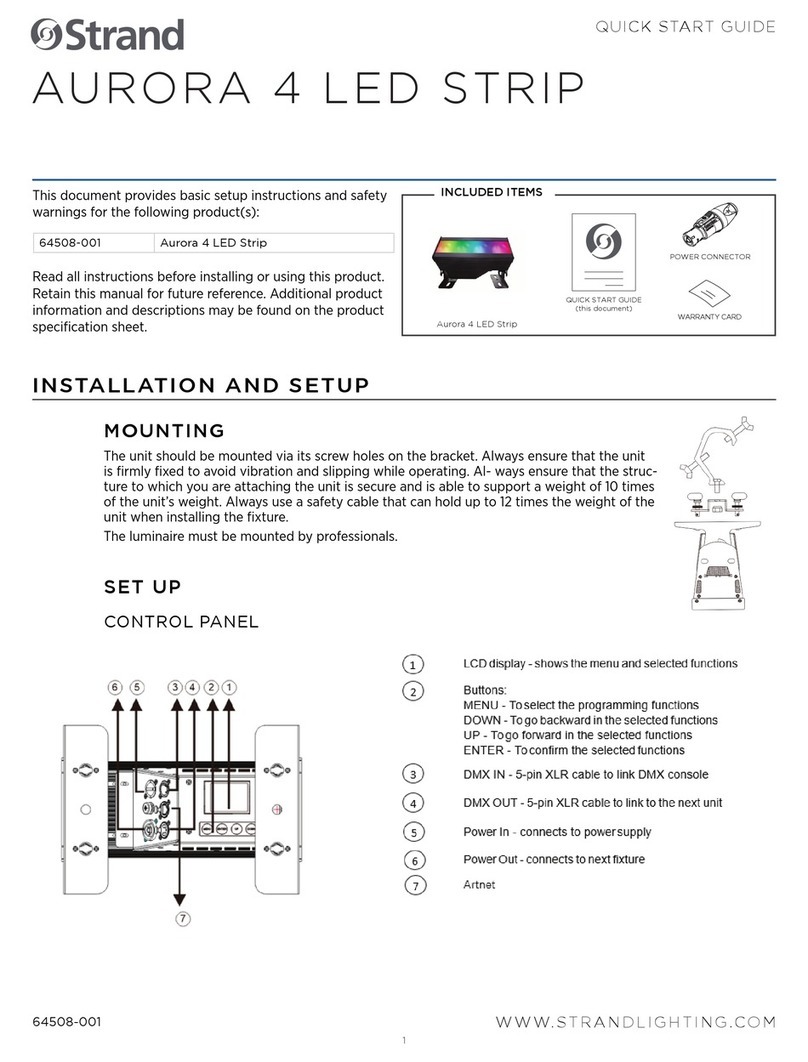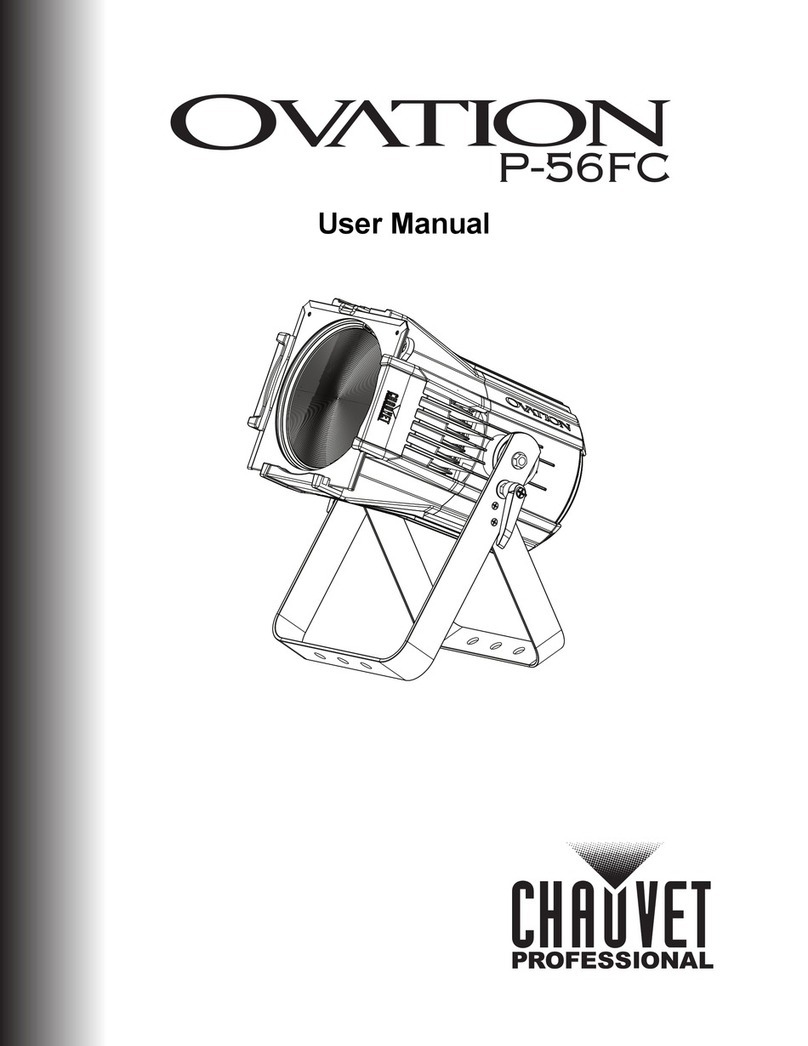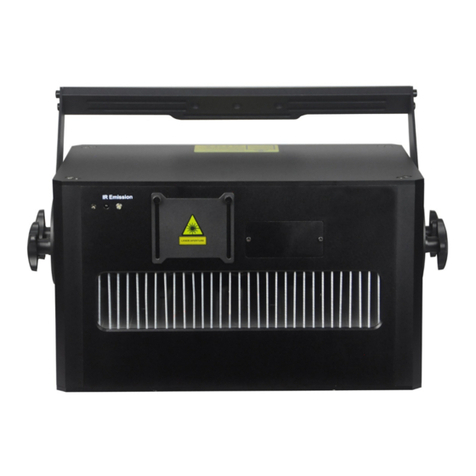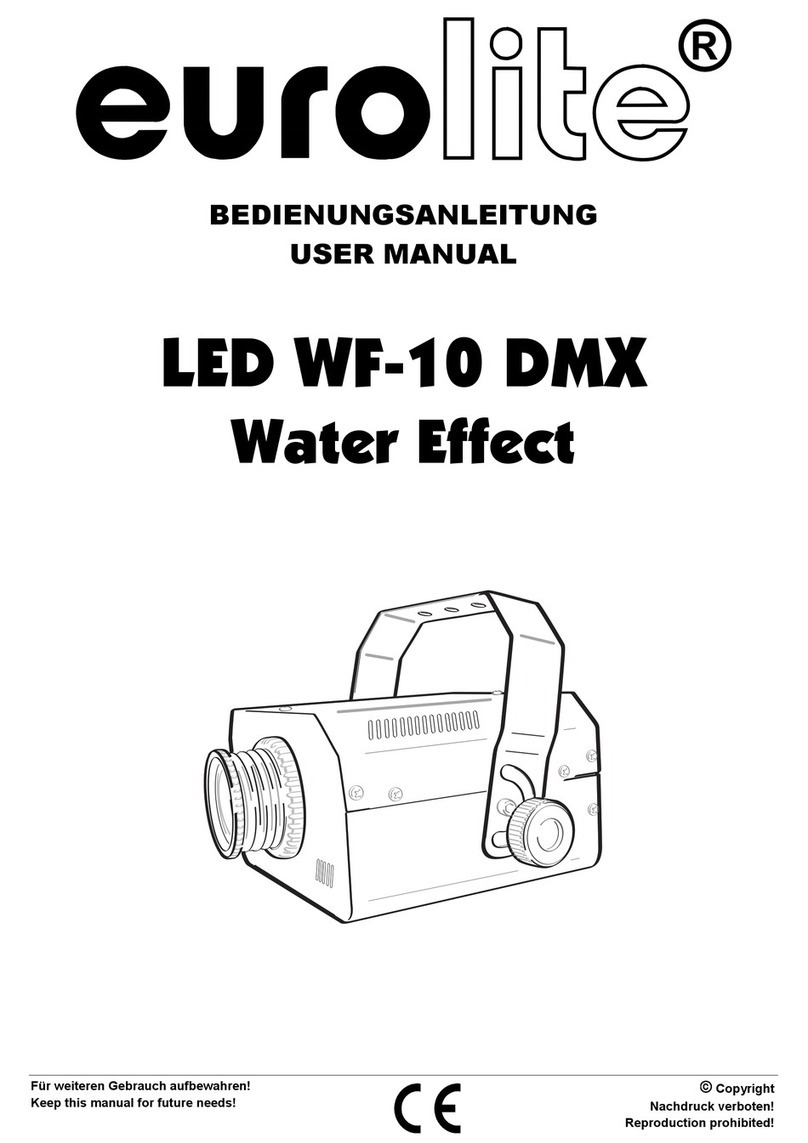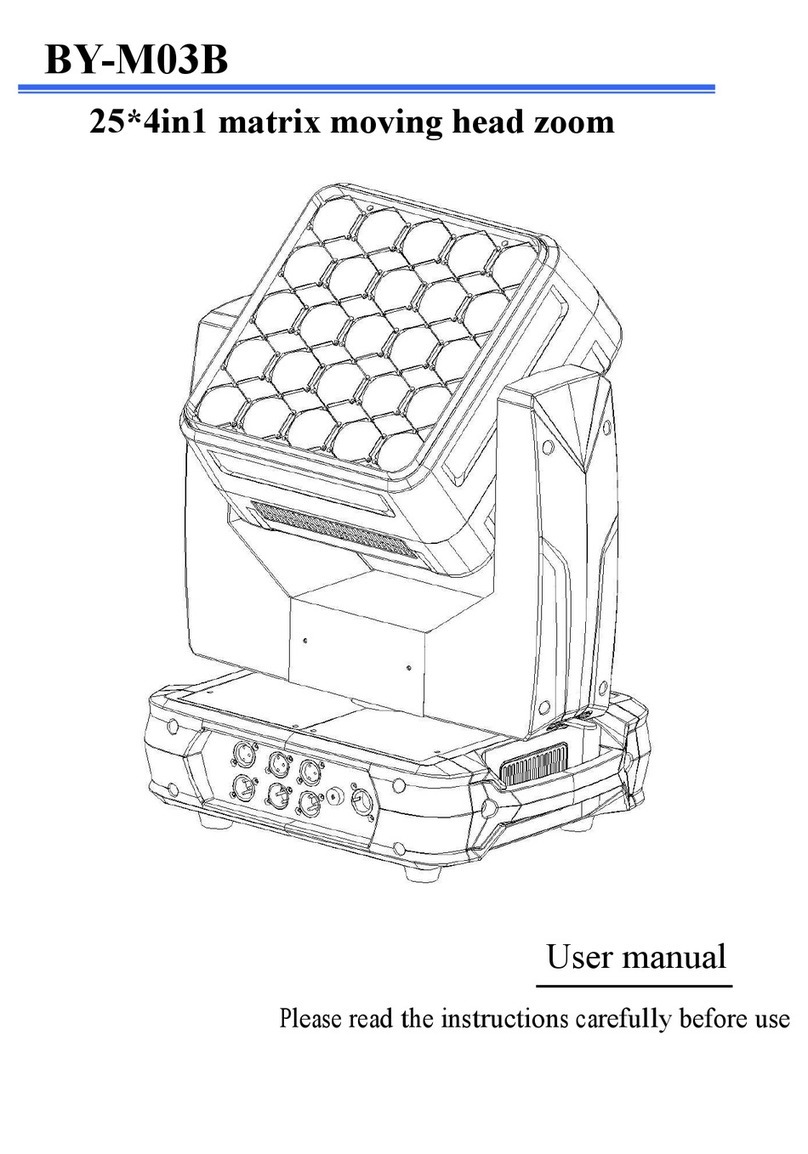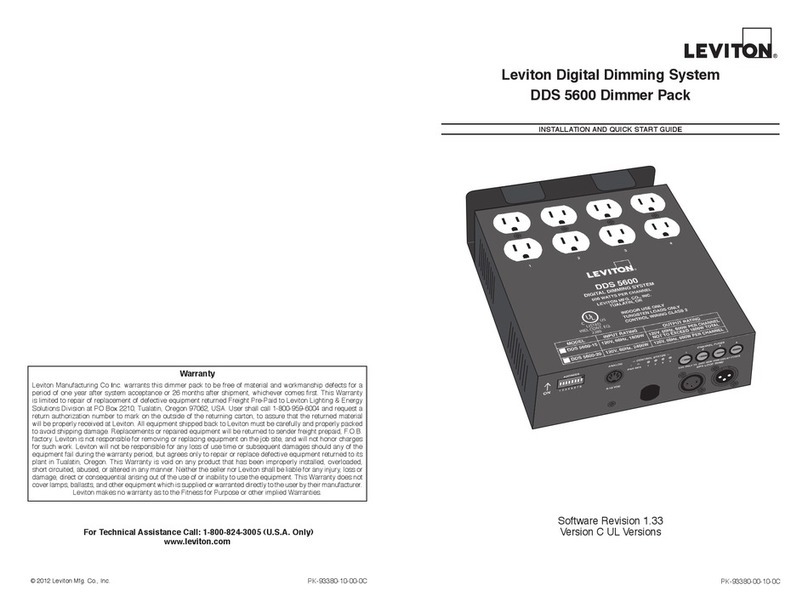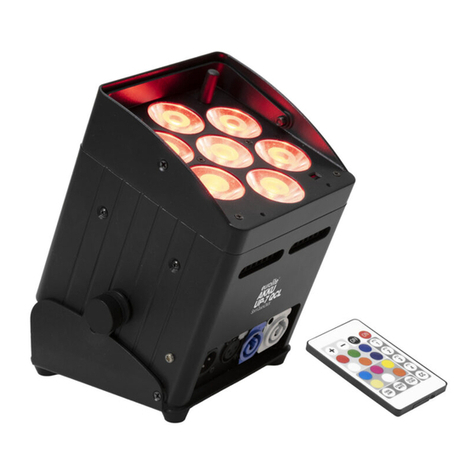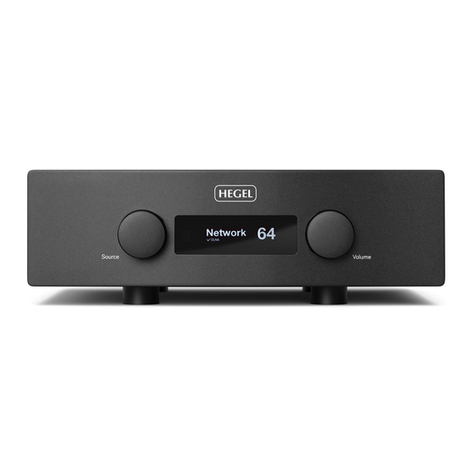
Table 7: FB4 Device Infor
change with hardware
change with hardware
change with hardware
Key point for Common Mode
BEYONG/QS, ILDA, Auto Start, Test Mode is often be used. The key point is shown as
below:
BEYONG/WS Mode:
FB4 has one standard CAT5 or CAT6 Ethernet port, so you would only use a RJ45 cable
to connect the FB4 which the Projector has. But you must should have the FB3 hardware
and also FB3 has the License from Pangolin.
ILDA Input Mode:
ILDA input is nomorlly used, the DB25 cable should be connected to the Projector and
mode is "ILDA Input"
Auto Start Mode:
1. Use BEYONG or QS to update Firmware of FB4;
2. FB4 is "Auto Start Mode";
3. Tigger or Animation or play mode of "Auto Start Setup" is set according needed.(See
Table 2)
4. All finished, must to press to Exit Menu and Restart the Projector(need power OFF).
Test Mode:
1. Use BEYONG or QS to update Firmware of FB4;
2. FB4 is "Test Mode";
3. Test Pattern and Maste Size of "Test Mode" is set according needed.(See Table 2)
4. All finished, select the "Enable" is "√", the Projector is working.
DMX Mode:
According the numbers of the projectors, setting the DMX address.
FB4 has 4 DMX channels, the detail informaton as bellow:
Page 2 Page11
3. Prior to installation and operation of the laser, the paths of the beams and effects should
be considered, particularly with respect to how they will touch the audience. If direct
audience scanning is desired then the laser energy in the effects needs to be considered to
decide if the effects are safe for direct viewing.
Laser lighting products are used to create some of the most vivid and striking visual
effects, and are often noted for how they seem to produce solid shapes that cut through the
air, and pick up highly defined swirling smoke patterns. The light that is used to create
these stunning effects is different from normal light and therefore several precautions need
to taken when using lasers to ensure that the lighting effects are safe and enjoyable to
view. The optical power output from the kind of lasers used for lighting displays can be
harmful if not properly setup or is misused. But when used following the recommended
health and safety guidelines, laser lighting effects no more harmful than looking at any
conventional lighting effect.
Although this guide covers the main points to consider when using laser effects, users are
advised to familiarise themselves with other guidance, particularly that issued by the
Health and Safety Executive, HS(G)95 The Radiation Safety Of Lasers Used For Display
Purposes.
A laser product that emits more than 5mW of light and less than 500mW can be classified
as a Class 3B laser product
A laser product that emits more than 500mW of light and can be classified as a Class 4
laser product
Class 3B and 4 are safe if used responsibly, and in accordance with the relevant the
guidance issued by the Health and Safety Executive.
Class 4 laser devices may cause fires and burn the skin if exposed directly.
In the simplest terms, generally keeping the beams and effects above the audience will not
present a hazard to those viewing the show or effects. When you start to aim the laser
effects down into the audience area is when it becomes harder to tell if the effects could
cause harm. With a Class 3B and 4 laser lighting effect, the problem can arise if the beams
or effects actually hit someone’s face. If in doubt, keep the effects above the audience.
Class 3B and 4 laser devices can be harmful to eyesight if viewed directly. i.e. that is, the
beam or effect strikes the face of a person directly. The actual injury that a Class 3B and 4
laser can cause depends upon a number of factors, including how long the laser beam
enters the eye for, the intensity of light, and what part of the eye it actually gets focused
onto. The most susceptible part of the eye to receive damage from a laser is the internal
back wall of the eyeball, known as the retina. It is this part of the eye that receives the
light signals that are sent to brain. All light entering the eye gets focused onto the retina.







